Tokyo Shoseki Co., Ltd.
[Reprinted] “French Pastry Encyclopedia” The definitive edition of the French pastry textbook brought to you by the world’s top culinary academy! Carefully explains 235 recipes, basic techniques,
ingredients, confectionery tools, etc. with approximately 1,500 photos.
……
“French Confectionery Encyclopedia” released by Tokyo Shoseki Co., Ltd. in February 2020 has been so well received that a second printing has been decided. It has been reprinted.
[Image 7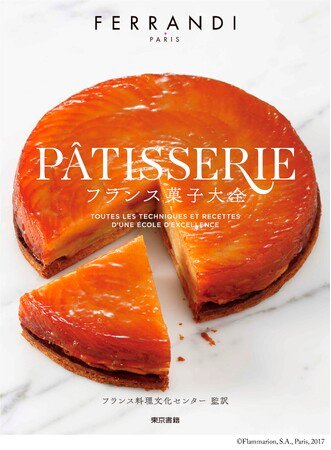
Explanation
Covers all kinds of French sweets.
A compendium of French sweets presented by FERRANDI PARIS, the pinnacle of French cuisine and also known as the “Harvard University of Food” (Le Monde). Contains basic recipes (level 1), advanced recipes (level 2), and recipes by star pastry chefs such as Jean-Paul Evin, Pierre Hermé, Pierre Marcolini (level 3). Everyone from beginners to professional pastry chefs can make sweets according to their level. FERRANDI Paris professors will carefully explain cooking utensils, ingredients, basic procedures, terminology, and French pastry know-how using over 1,500 photos.
A book for all pastry chefs who love French sweets. “Confectionery artisans are required to have an artistic sense and reliable technique. This book is more than just a recipe book. In line with the school’s educational philosophy, it not only passes on basic skills, but also stimulates the reader’s creativity and ideas. This is essential to confectionery making, which is an art of precision and expression. ”
Ferrandi Paris Principal Prunno de Mont (from this book “Introduction”)
Structure of this book
Introduction
MATERIEL – Cooking utensils
Photos of confectionery supplies, electrical appliances, molds, small confectionery equipment, etc. used in this book.
GESTES DE BASE – Basic operations
Carefully explains each process, such as how to use a rolling pin, how to spread the dough, and how to use a piping bag.
INGREDIENTS – Materials
Dairy products, eggs, sugar and sweeteners, cocoa and chocolate, flours and grains, nuts, natural yeasts and baked goods.
A detailed introduction to ingredients essential for making sweets, such as king powder and fruits.
PÂTES – Fabric
From the basics of making dough, to spring/summer tarts, fall/winter tarts, danishes, and choux dough.
Contains over 50 sweets recipes
CRÈMES – Cream
8 types of creams including custard cream, chantilly cream, chiboust cream, etc. Explaining how to make with process photos
BISCUITS – Sponge fabric
Explaining how to make 6 types of dough such as “biscuit sash” and “genoise” with process photos
MERINGUES – Meringue
Explaining how to make Italian meringue, French meringue, and Swiss meringue with process photos
MACARONS ― Macaron
Carefully explained recipes for 24 types of macarons
DESERTS SIMPLES – Simple desserts
Baked goods (14 recipes such as financiers, madeleines, canelés), petit fours sec (langue
11 recipes such as de chat, cookies, etc.), desserts that can be eaten immediately (crepes, waffles, crepes, etc.)
Careful explanation of 20 recipes including Mou Brûlée.
ENTREMETS – Whole cake
Classic whole cakes (Opera, Mille-feuille, Savarin, Baba Ispahan, etc., 30 (recipes above), and a detailed explanation of typical whole cakes (8 recipes) for spring, summer, fall, and winter.
OCCASIONS FESTIVES
– Sweets that decorate seasonal events and celebrations
Cakes for seasonal events (croquembouche, etc., 9 recipes), mignardise (kaku Careful explanation of 10 recipes for sweets for tea and dinner CONFISERIES & CONFITURES
-Sugar sweets and confiture
Carefully crafted sugar sweets (12 recipes such as nougat and pralines) and seasonal confitures (6 recipes)
explained in
CHOCOLAT ― Chocolate
Carefully explained everything from tempering and molding methods to individual recipes such as paré ols and truffles.
DECORS ― Decoration
Detailed explanation of decorating techniques using chocolate, marzipan, and candy
GLACES – Ice cream
Carefully explained 16 recipes for ice cream, sorbet, and entremets glace ANNEXES – Appendix
Glossary/INDEX/Acknowledgements
Example of inside page of this book
[Image 2
Example of basic operation: “How to pack and use a piping bag with a nozzle” [Image 3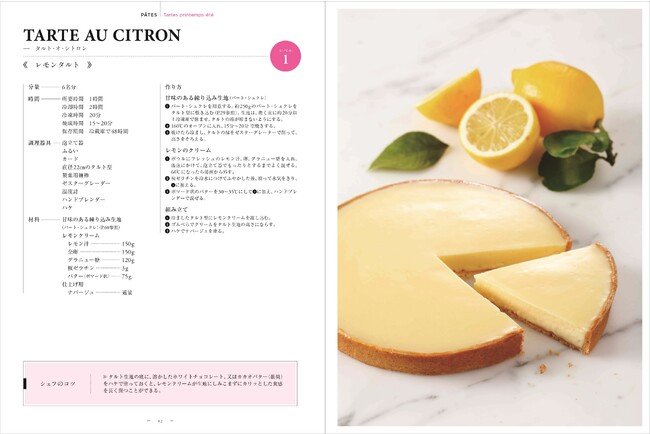
Level 1 recipe example “Lemon tart”
[Image 4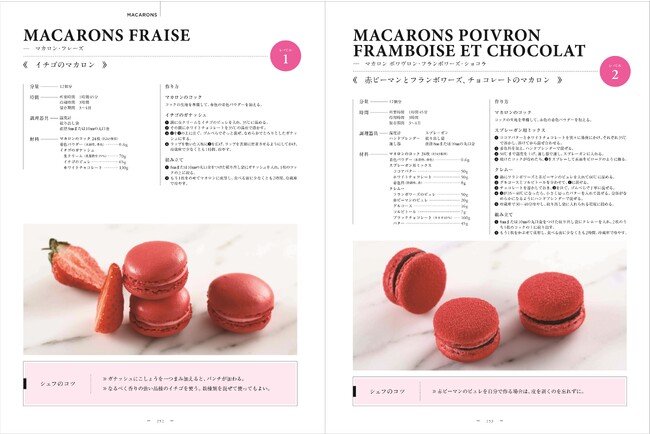
Examples of level 1 and level 2 recipes: “Strawberry macarons” and “Red pepper, raspberry and chocolate macaroons”
Ron”
[Image 5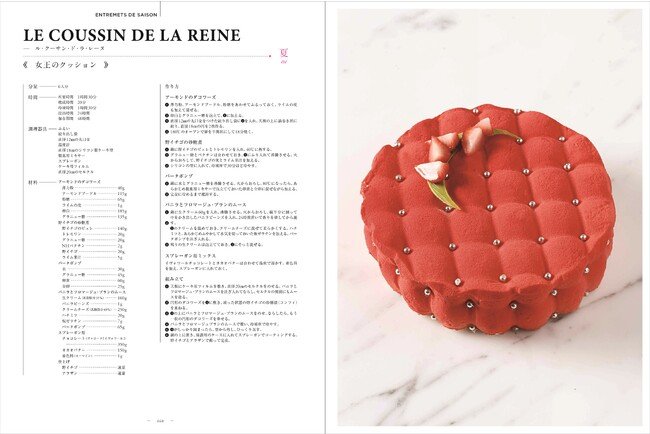
Level 3 recipe example “Queen’s Cushion”
[Image 6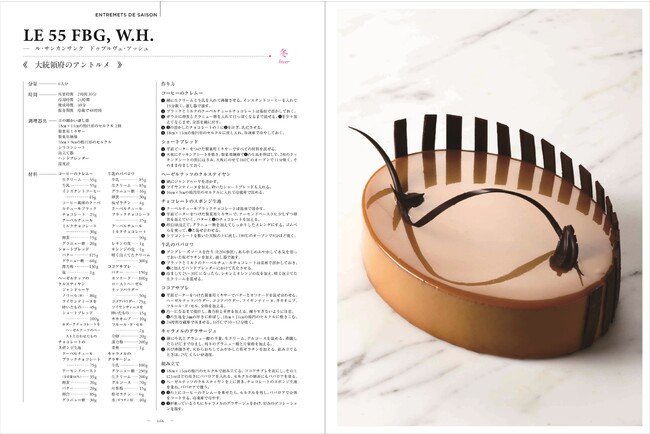
Level 3 recipe example “Entremets at the presidential palace” (C)Flammarion, S.A., Paris, 2017
Author information
author
FERRANDI Paris
A vocational training school run by the French Chamber of Commerce and Industry of Paris (currently the Ile-de-France Regional Chamber of Commerce and Industry of Paris). The company celebrated its 100th anniversary in 2020. You can earn degrees and certifications in all culinary and hospitality fields. Located on a vast site in the Saint-Gurmain-des-Prés district in the center of Paris, it has a historic school building, 35 technical laboratories, and an affiliated training restaurant. It is also called the “Harvard University of Gastronomy” (Le Monde).
Supervising translator
French Food Culture Center (FFCC)
The official name is Tokyo Gas Communication Co., Ltd. French Culinary Culture Center. Established in 1990 by Tokyo Gas Co., Ltd. and the Paris Chamber of Commerce and Industry with the aim of promoting French food culture in Japan. In addition to holding courses and seminars mainly for professional French chefs and service personnel, he also translates menus and other cooking-related terminology and texts into French, and provides Japanese-French interpretation for chefs.
[Image 7
“French confectionery encyclopedia”
■FERRANDI Paris/Author, French Culinary Culture Center/Supervised translation ■List price 7,480 yen (6,800 yen tax 10%)
■A4 variant/656 pages
https://www.tokyo-shoseki.co.jp/books/81233/
